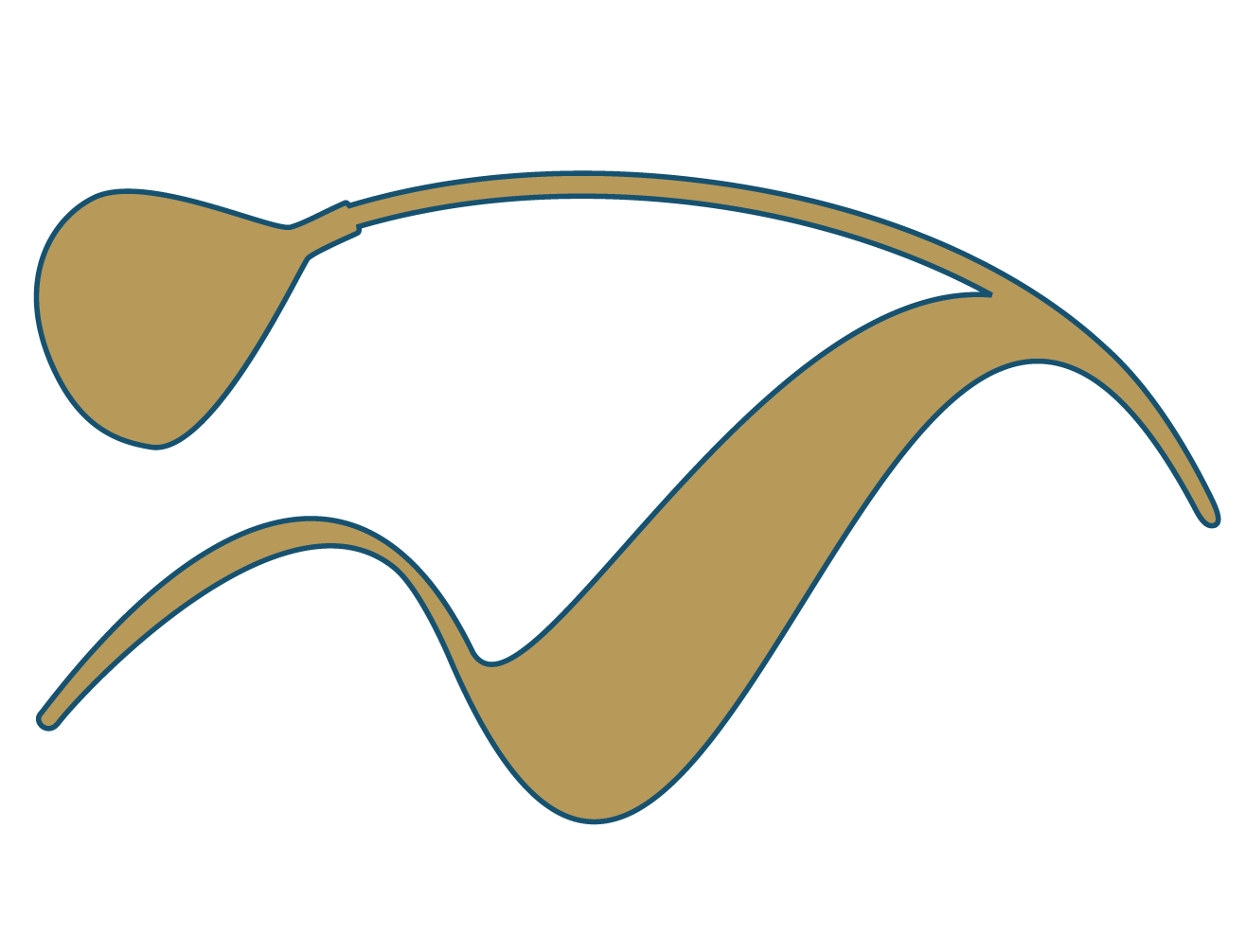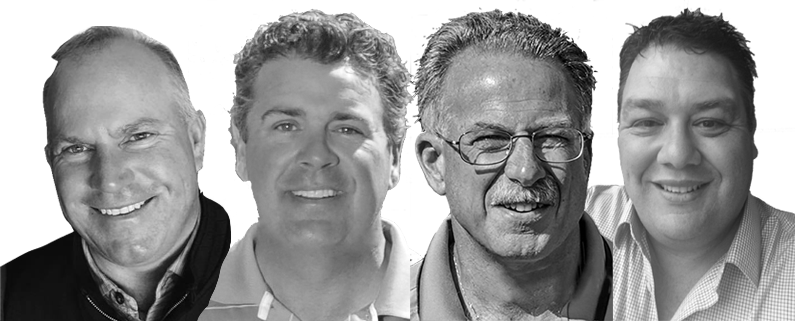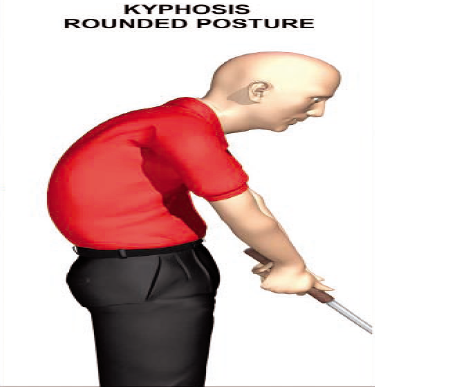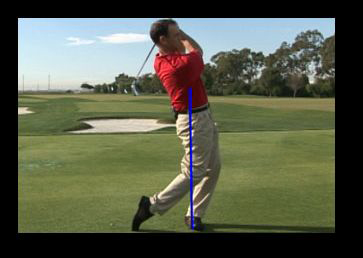Fun In Your Fitness Training If you have been following my blog posts on this website, you are probably getting the message that fitness training for golf is important. Well, I will emphasise here again that it is very important, both to your golf and your general...
Recovery
Recovery
This post is on a golf fitness topic that is often overlooked by golfers as not being very important to playing better golf. Today I will be talking about recovery and how it relates specifically to golfers who are playing golf several times a week or even for several days in a row. Recovery, when discussed in this format, is basically defined as an activity or series of activities that give them the best possible chance to play at the highest level possible for their next event. This is important as sometimes we need to compete and play golf a number of times in close succession. Continuous rounds of golf require a good recovery strategy to continue a high level of play.
There are four main areas that need to be addressed in a good recovery program. Each of these areas is important and needs to be completed effectively for the recovery to be beneficial to the golfer.
The first area is re-hydration which is arguably the most important. During practice, play, or training fluid is lost. These lost levels of fluid need to be replaced as dehydration has a serious effect upon golf performance.
The second area that must be covered is the refuelling of the golfer’s body. Again, as golfers compete or train, energy is used and needs to be replaced. Energy replacement needs to occur as soon as possible after the completion of a round or practice session. All golfers should be educated to eat or have to a sports drink as soon as possible after the round.
Physical therapies also need to be covered in a recovery program. Flexibility is an extremely important for a golfer to be able to swing the golf club effectively and as such, it needs to be addressed in recovery. Stretching after a round will assist in reducing the likelihood of injury and ensure the golfer can compete or practice on consecutive days as is needed in a tournament situation. There are other physical therapies that may be used during recovery. Techniques such as hydrotherapy, sports massage and acupuncture may all be used in a recovery situation.
The final area that needs to be covered is psychological recovery. When an athlete competes, psychological fatigue occurs as well as physical fatigue. The levels of psychological fatigue may be even greater in sports such as golf where concentration needs to be high during competition. Techniques such as imagery, meditation and progressive muscle relaxation may be used during recovery to “reset” an athlete after competition. By being able to complete the days performance, whether it was good or bad, will assist in a fresh start for the next competition.
In my next blog post I will outline some specific strategies and protocols that you can use to add recovery to your golf training program.
Until next time,
Brent Davis

Brent Davis
PGA Professional
Training & Education Coordinator
PGA Centre For Learning Performance
Melborne, Victoria, Australia
Email: [email protected]
Fitness Archives
Fun In Fitness Training
Consistency and Accountability in Your Training
Consistency and Accountability in Your Training To improve in anything that you attempt, whether that be sport, music, fitness or any other activity you are undertaking, you need to be consistent in your effort over a period of time to achieve your goals. You need to...
Golf Fitness, Is It For You?
Golf Fitness, Is It For You? There has been a lot of coverage lately in the media and on social media about golf fitness and the training that certain tour players complete. Some of the comments made have been negative towards fitness training for golfers and I...
TEAM MFG BLOG
Subscribe
Never miss a new post, article, or video!
Subscribe to our newsletter Chip Shots!








